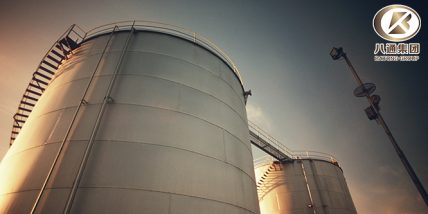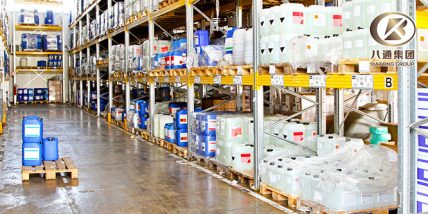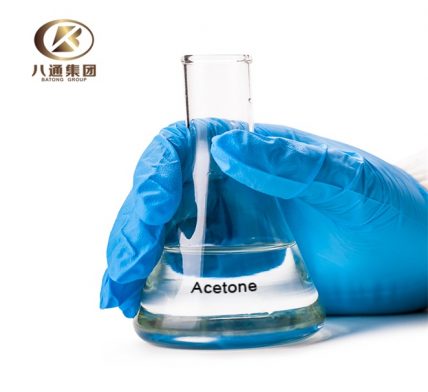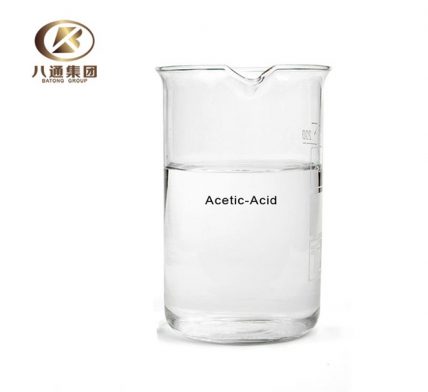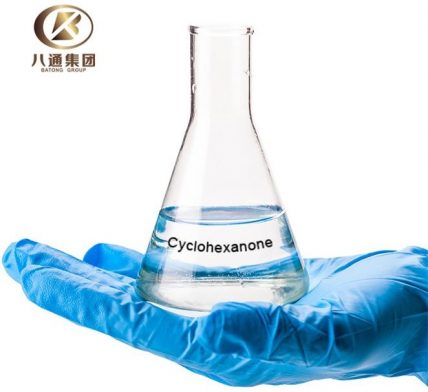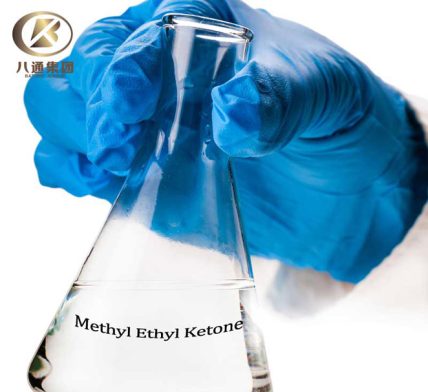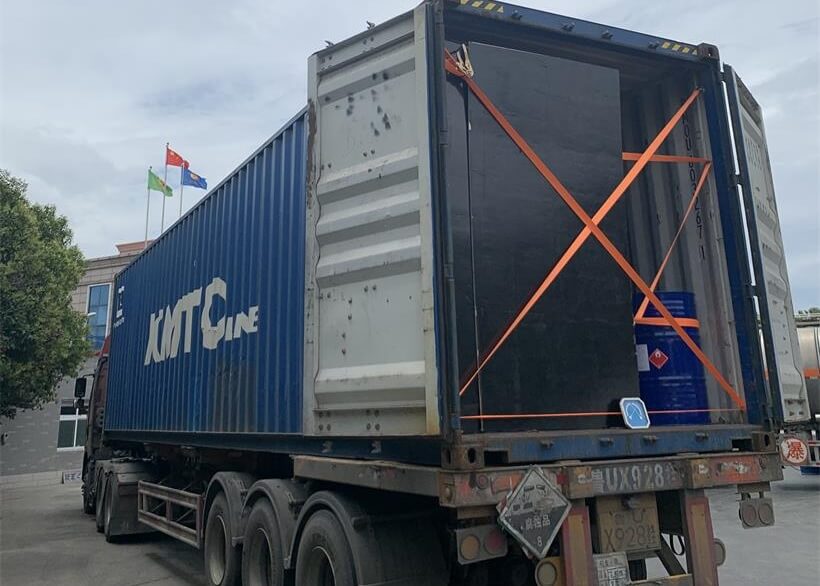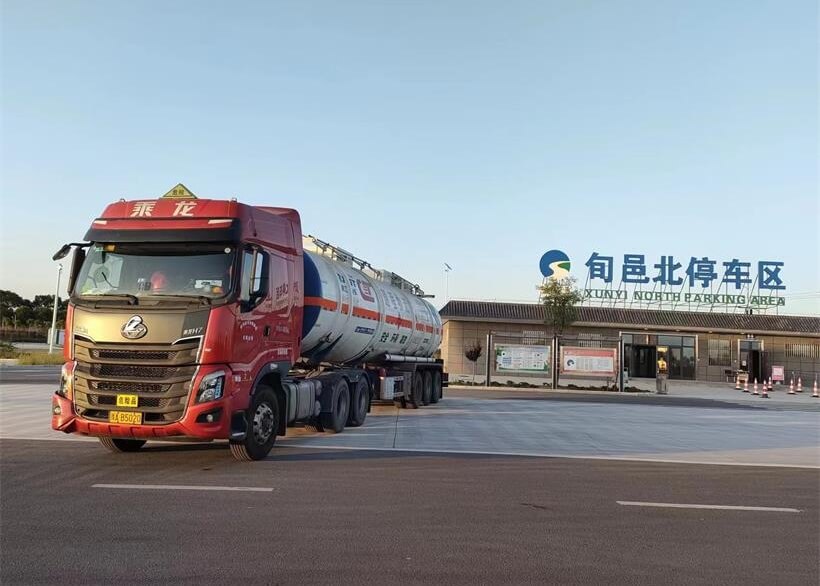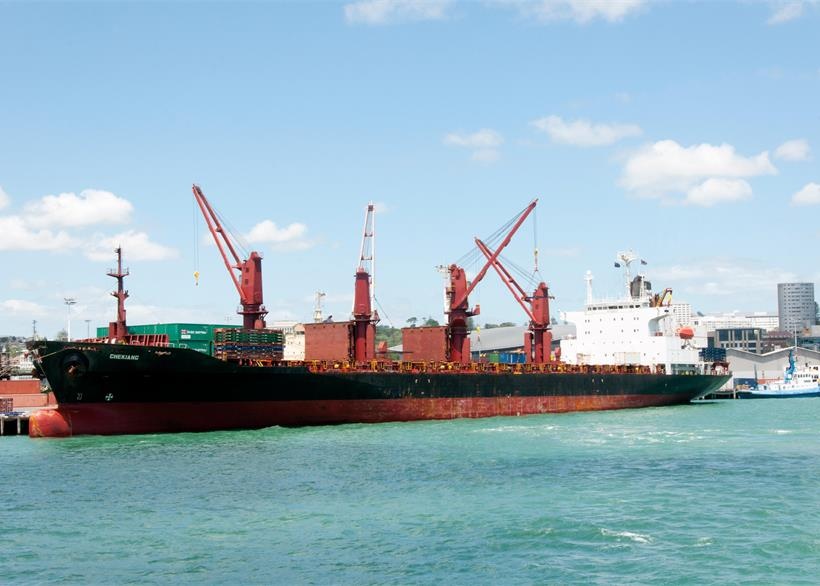In 2025, the total production capacity of ethyl acetate is projected to reach 4.7 million tons, with 480,000 tons of new capacity added (primarily concentrated in central and northwest China), intensifying market competition. Capacity utilization rates will remain above 50%, but sluggish demand growth has led to a prominent supply-demand imbalance. Export volume surpassed 500,000 tons in 2024, and monthly exports hit a decade-high of 72,700 tons in February 2025, driven by significant growth in Southeast Asian markets such as Vietnam. International competition has intensified accordingly.
From the demand perspective, downstream industries remain weak, with traditional consumption sectors like coatings and adhesives showing insufficient recovery momentum, constrained by profound adjustments in the real estate sector. In emerging demand segments, high-value-added products such as electronic-grade acetate esters have witnessed growth, though their share remains limited and insufficient to offset declines in traditional demand.
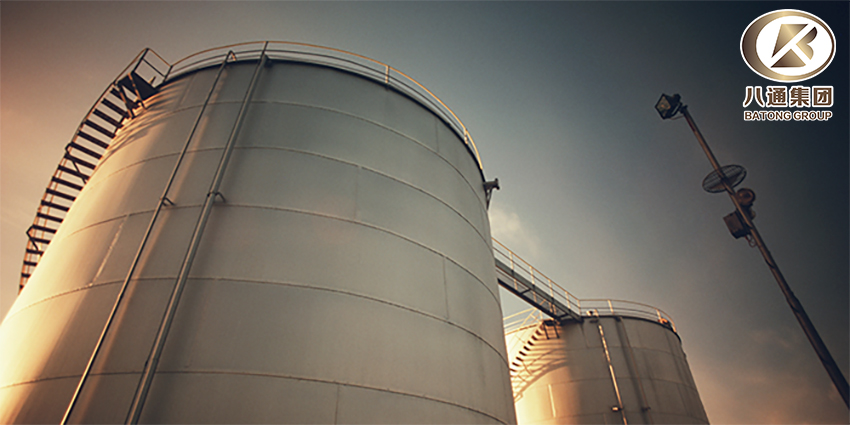
On the raw material front, acetic acid prices continue to trend downward, offering limited cost support and further squeezing profit margins for ethyl acetate. Increased ethanol production and price corrections have reduced ethyl acetate production costs, but weak demand has hindered effective cost pass-through.
Regarding price trends, the ethyl acetate market is expected to remain weak in the short term, with prices likely to continue oscillating downward in August 2025. However, export growth may alleviate domestic supply-demand pressures. Market stability could be influenced by changes in international trade policies, fluctuations in raw material prices, and rising compliance costs for environmental protection. Structural opportunities for the industry include export growth in Southeast Asia and increasing demand for high-end electronic-grade products.

Overall, the acetate esters market on August 19, 2025, is shaped by supply-demand imbalances, downward cost pressures, and policy impacts, presenting a generally weak and volatile trend. Export expansion and high-end transformation offer structural opportunities for the sector.



